New house without trees
dbarron
9 years ago
Related Stories
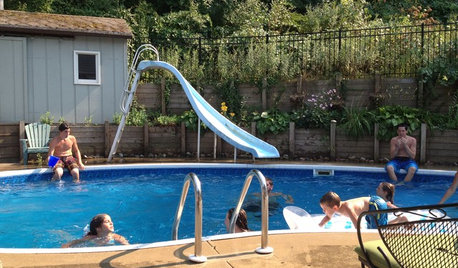
LIFEHow to Make Your House a Haven Without Changing a Thing
Hung up on 'perfect' aesthetics? You may be missing out on what gives a home real meaning
Full Story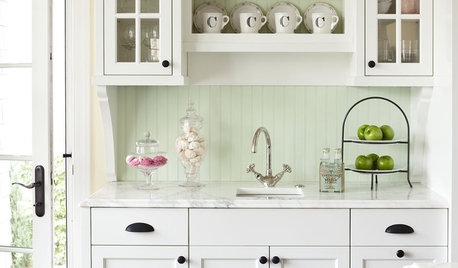
KITCHEN DESIGNModernize Your Old Kitchen Without Remodeling
Keep the charm but lose the outdated feel, and gain functionality, with these tricks for helping your older kitchen fit modern times
Full Story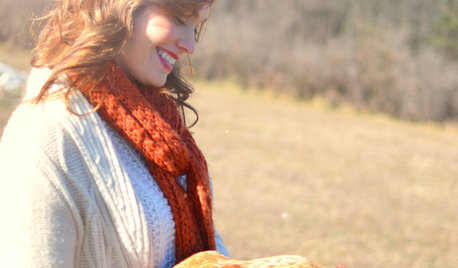
GARDENING AND LANDSCAPINGRaise Backyard Chickens Without Ruffling Neighbors' Feathers
Before you build a coop in the backyard, follow these strategies to help keep your neighbors from squawking
Full Story
LIFE6 Ways to Cool Off Without Air Conditioning
These methods can reduce temperatures in the home and save on energy bills
Full Story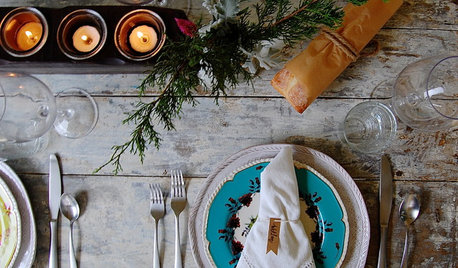
HOLIDAYSSpend Less Without Being a Grinch: 8 Holiday Ideas
Give meaningful gifts and use nature's decor to work holiday magic without blowing your budget
Full Story
DECORATING GUIDES12 Ways to Cool Your Home Without Air Conditioning
If your summer energy bill is leaving you hot under the collar, consider these savvy alternate strategies for cooling down
Full Story
GARDENING AND LANDSCAPINGHow to Make a Pond
You can make an outdoor fish paradise of your own, for less than you might think. But you'll need this expert design wisdom
Full Story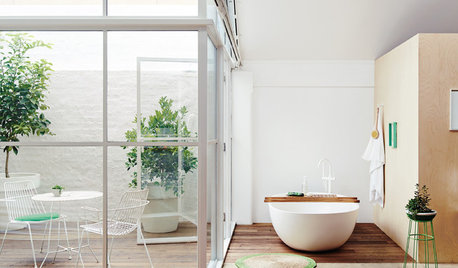
BATHROOM DESIGNWindows That Expose Your Bathroom to Light Without Exposing You
Enjoy the best of both worlds with window tricks that give you privacy along with the views and natural light
Full Story
MORE ROOMSCould Your Living Room Be Better Without a Sofa?
12 ways to turn couch space into seating that's much more inviting
Full Story
DECORATING GUIDESLook-Alikes That Save Money Without Skimping on Style
Whether in woodwork, flooring, wall treatments or tile, you can get a luxe effect while spending less
Full StoryMore Discussions







j0nd03
wisconsitom
Related Professionals
Chattanooga Landscape Contractors · Corona Landscape Contractors · Danvers Landscape Contractors · Ellensburg Landscape Contractors · San Pedro Landscape Contractors · Black Forest Siding & Exteriors · Cedar Rapids Siding & Exteriors · Charlotte Siding & Exteriors · Western Springs Siding & Exteriors · Westminster Siding & Exteriors · Shorewood Decks, Patios & Outdoor Enclosures · Bellingham Decks, Patios & Outdoor Enclosures · Centreville Decks, Patios & Outdoor Enclosures · Jackson Decks, Patios & Outdoor Enclosures · Larkspur Decks, Patios & Outdoor Enclosuresdrrich2
dbarronOriginal Author
j0nd03
Toronado3800 Zone 6 St Louis
dbarronOriginal Author
poaky1
dbarronOriginal Author
j0nd03
drrich2
dbarronOriginal Author
dbarronOriginal Author
poaky1
zzackey
dbarronOriginal Author
arktrees
j0nd03
arktrees
poaky1